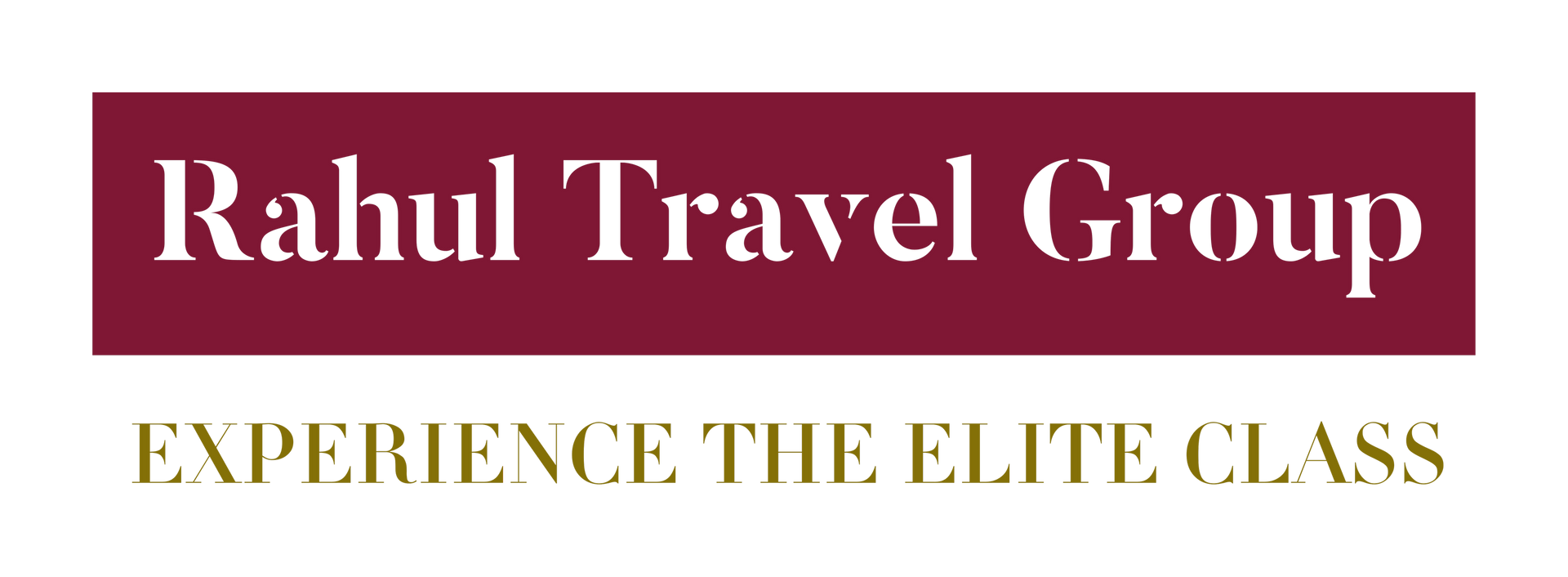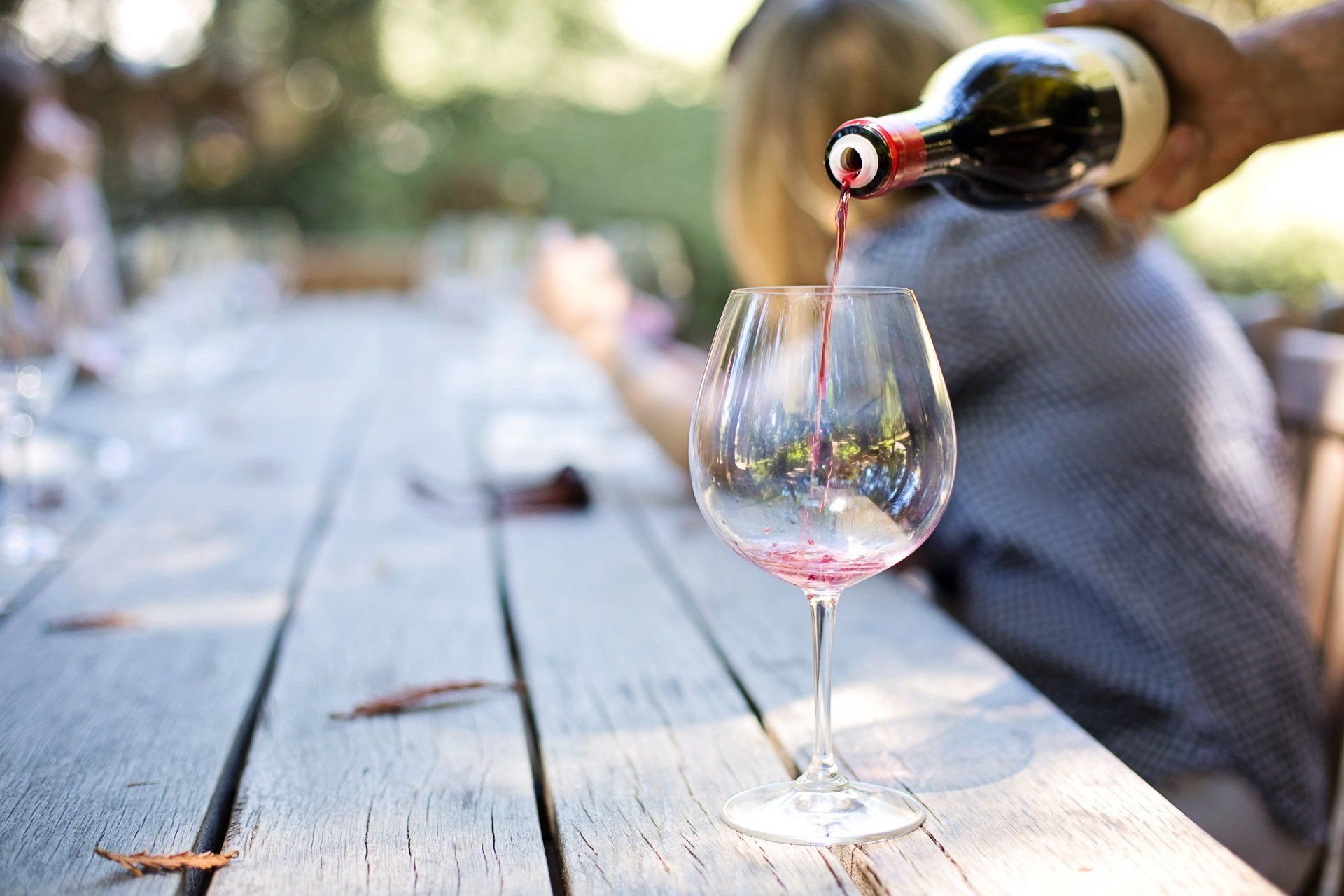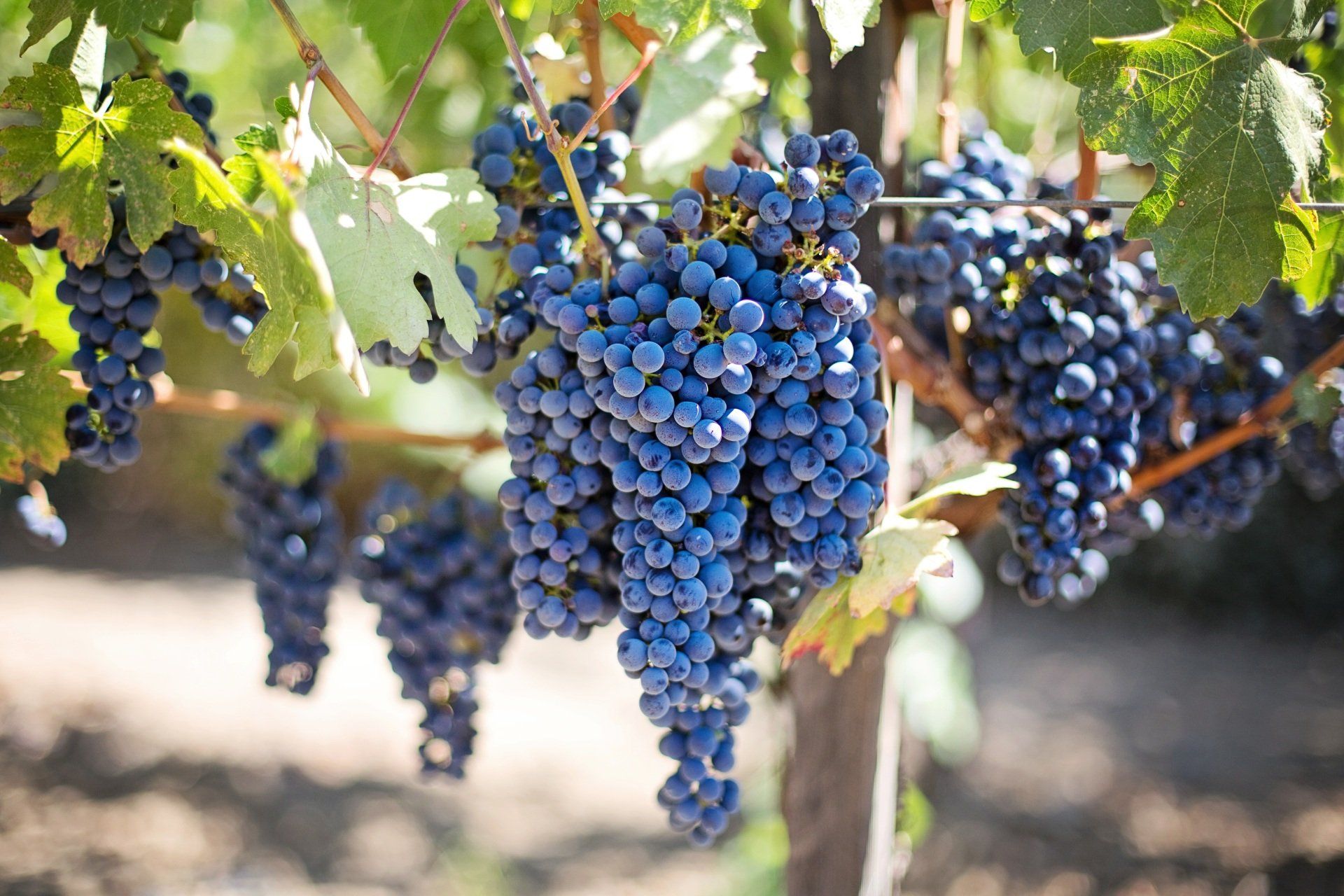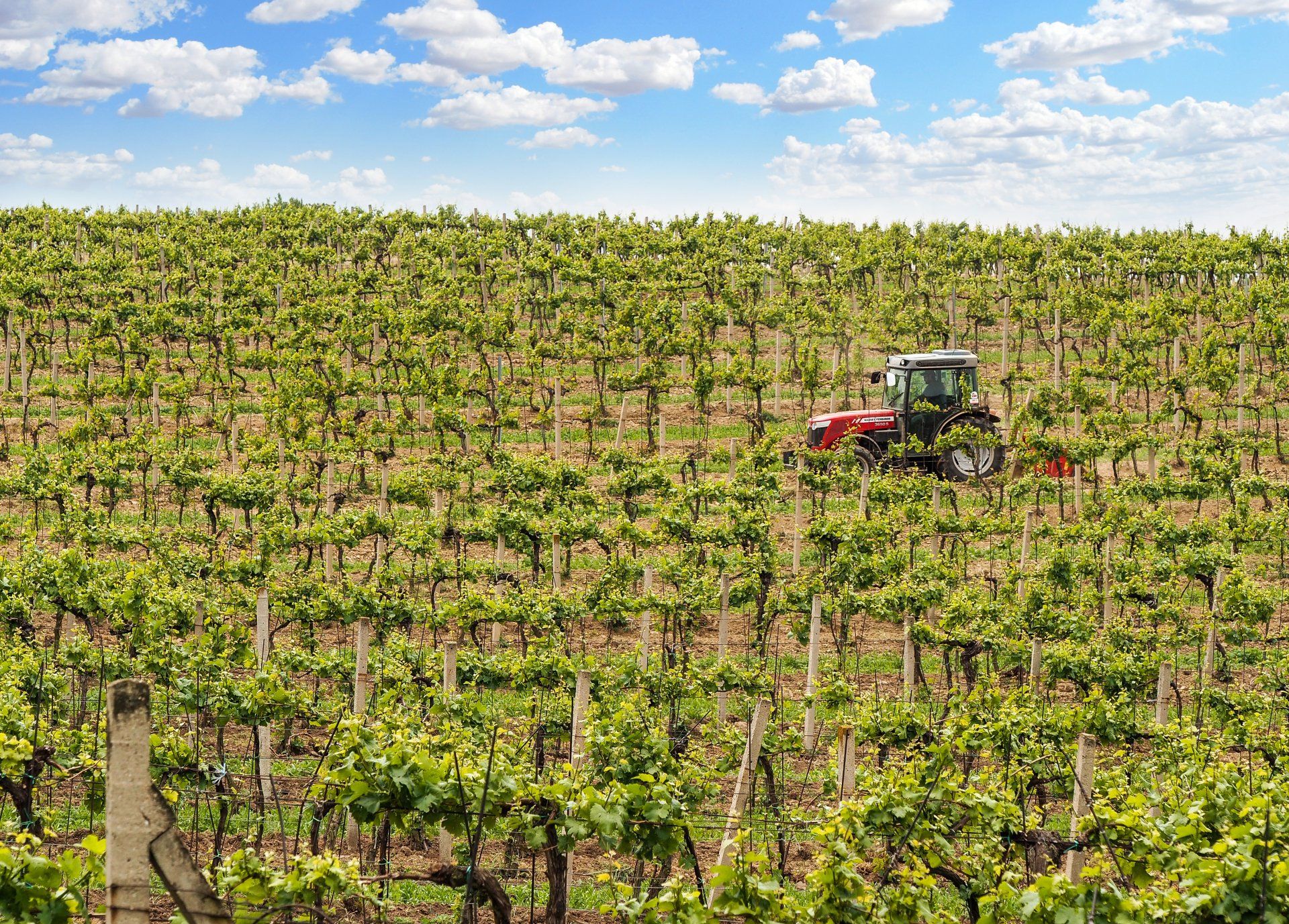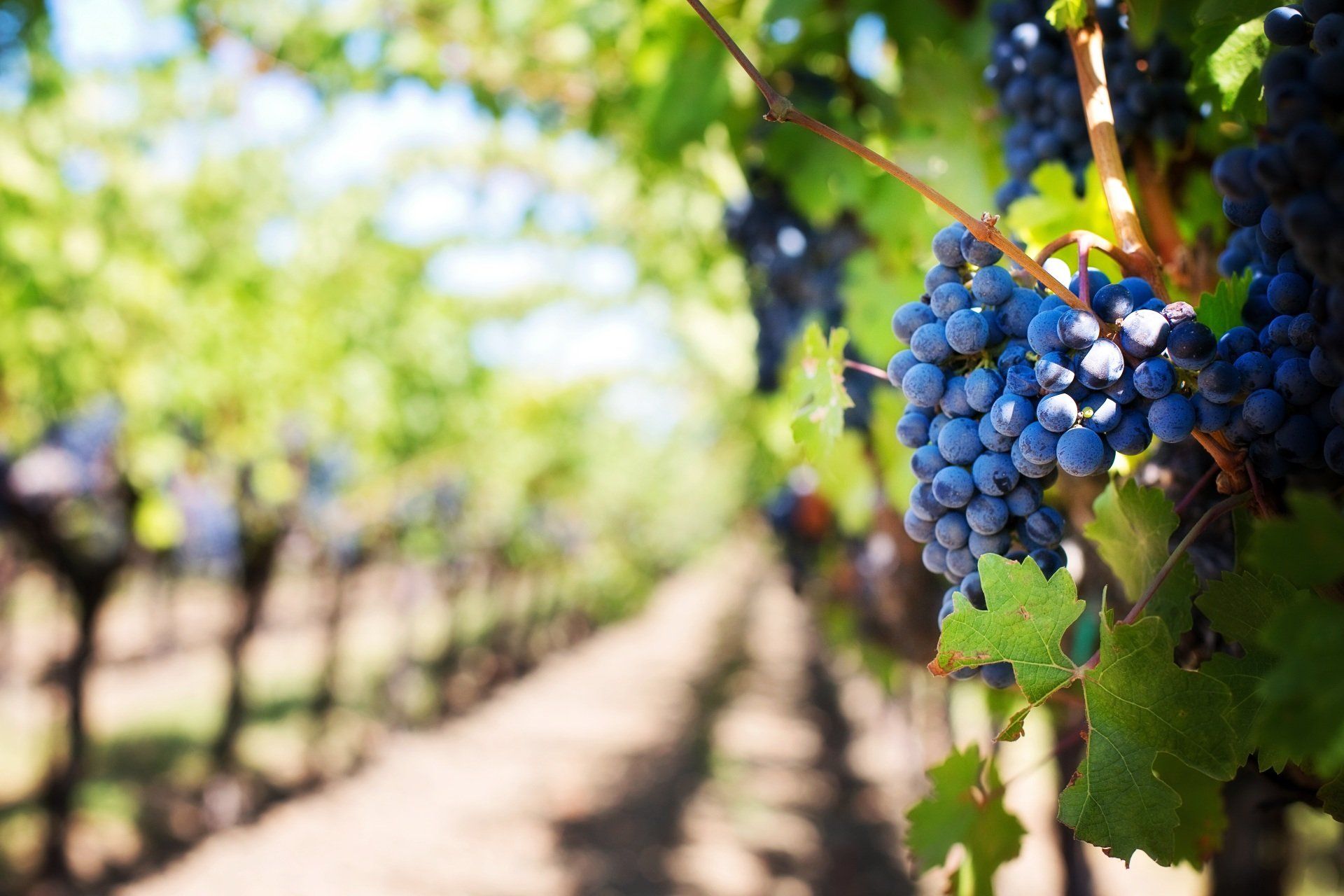Welcome in Napa Valley
Weather and climate
Napa Valley enjoys a Mediterranean climate with warm, dry summers and mild, wet winters. Summer temperatures range from 70°F to 90°F (21°C to 32°C), while winter temperatures range from 45°F to 60°F (7°C to 15°C). The region experiences most of its rainfall between November and March.
Accommodations
Popular accommodation options in Napa Valley include luxury resorts, charming bed and breakfasts, boutique hotels, and vacation rentals. Some sought-after areas to stay include Downtown Napa, Yountville, St. Helena, and Calistoga. Notable establishments include Auberge du Soleil, The Carneros Resort and Spa, and Meadowood Napa Valley.
Travel advice and safety
Napa Valley is generally safe for travelers, but it's essential to be cautious when driving on winding roads, especially after indulging in wine tastings. Keep valuables secure and be aware of your surroundings, particularly in tourist areas.
Activities and attractions
Popular activities in Napa Valley include wine tasting at world-renowned wineries like Robert Mondavi and Domaine Chandon, exploring picturesque vineyards along the Silverado Trail, indulging in gourmet dining experiences, and relaxing at local spas and hot springs.
Local cuisine and restaurants
Recommended restaurants in Napa Valley include The French Laundry, Bouchon Bistro, and Ad Hoc. Local specialties to try include farm-to-table cuisine, artisanal cheeses, and fresh seafood. Don't miss the opportunity to dine at Michelin-starred restaurants and enjoy wine pairings with each course.
Transport
Taxi fares in Napa Valley vary depending on distance and time of day but typically start at around $3.50 per mile. Public transportation options are limited, but visitors can use ride-sharing services or join guided tours to explore the region.
Currency and payment
The currency used in Napa Valley is the US Dollar ($). Credit and debit cards are widely accepted at most establishments, but it's advisable to carry some cash for smaller purchases and in case of emergencies.
Language and communication
English is the primary language spoken in Napa Valley, and communication should not pose any significant challenges for English-speaking visitors.
Culture and local customs
Napa Valley's culture revolves around wine, food, and outdoor recreation. Visitors are encouraged to respect winery etiquette, such as spitting out wine during tastings if they don't wish to consume alcohol, and to engage with locals to learn about the region's agricultural heritage.
Packing list
Pack comfortable clothing and footwear for walking tours of vineyards and wine tastings. Sunscreen, sunglasses, and a hat are essential for outdoor activities, while a light jacket or sweater may be needed for cooler evenings.
Budgeting
The average daily budget for a mid-range traveler in Napa Valley can range from $200 to $500, covering accommodation, meals, wine tastings, transportation, and activities. Costs may vary depending on the season, accommodation type, and dining preferences.
Health and medical facilities
Medical facilities in Napa Valley include Queen of the Valley Medical Center in Napa and St. Helena Hospital in St. Helena. Pharmacies and urgent care clinics are also available throughout the region for medical assistance and prescription refills.
Travel tips and recommendations
Consider visiting Napa Valley during the offseason, such as spring or fall, to avoid crowds and take advantage of lower accommodation rates. Make reservations for wine tastings and dining experiences in advance, especially during peak tourist seasons.
Emergency contacts
In case of emergencies, dial 911 for police, fire, or medical assistance in Napa Valley and throughout the United States.
Internet and communication
Major cell phone carriers like AT&T, Verizon, and T-Mobile offer coverage in Napa Valley. Free WiFi is available at many hotels, wineries, and restaurants, but consider purchasing a local SIM card for reliable internet access on the go.
Submit your travel inquiry here
Thank you for contacting us.
We will get back to you as soon as possible.
We will get back to you as soon as possible.
Oops, there was an error sending your message.
Please try again later.
Please try again later.
